A Victorian and Edwardian Renaissance: The re-introduction of the formal garden and creation of the hardy water lily. A legacy in the Madingley Garden. Colonel Walter Harding, influences and design.
Madingley is fortunate to possess a variety of ponds in both style, size and shape. Outermost is the informal 18th-century ‘S’ shaped pond in the ‘view’ to the east of the hall and the upper pond beyond and to the south of the Walled Garden. The latter occupying the highest point on the site is the feeder pond to the four ornamental ponds in the Garden. These were all created by Colonel Walter Harding (1843-1927), the rectangular (with a central half-moon on one long side) Courtyard Pond in 1908, the round East Terrace Pond and semi-circular Buddha Pond in 1910 and the octagonal Croquet Lawn Pond in 1913-1914. Harding was influenced by the Edwardian trend to formalise the immediate vicinity of the house. One of the principal proponents Reginald Blomfield wrote “the formal treatment of gardens, ought to be called the architectural treatment of gardens, for it consists in the extension of the principles of design which govern the house to the ground which surround it”. 1. These formal features included terraces steps, lawns, sunken gardens and ponds. There is prior evidence of Harding’s interest and knowledge of the formal Italianate style at the family owned factory at Holbeck, Leeds. Three chimneys (which remain today) were based on the Italian Renaissance architecture, one inspired by the Lamberti Tower in Verona, built in 1866, a second by the Giotta Campanile, Florence Cathedral built in 1895 and a third plain tower thought to represent a Tuscan town house in 1919. 2. The gardens at Harding’s previous home, Hartsholme Manor near Lincoln which he owned between 1902 and 1905 were laid out by the landscape gardener Edward Milner in the Italian style complete with balustrades and steps. Harding is known to have holidayed in Lake Maggiore in 1896.
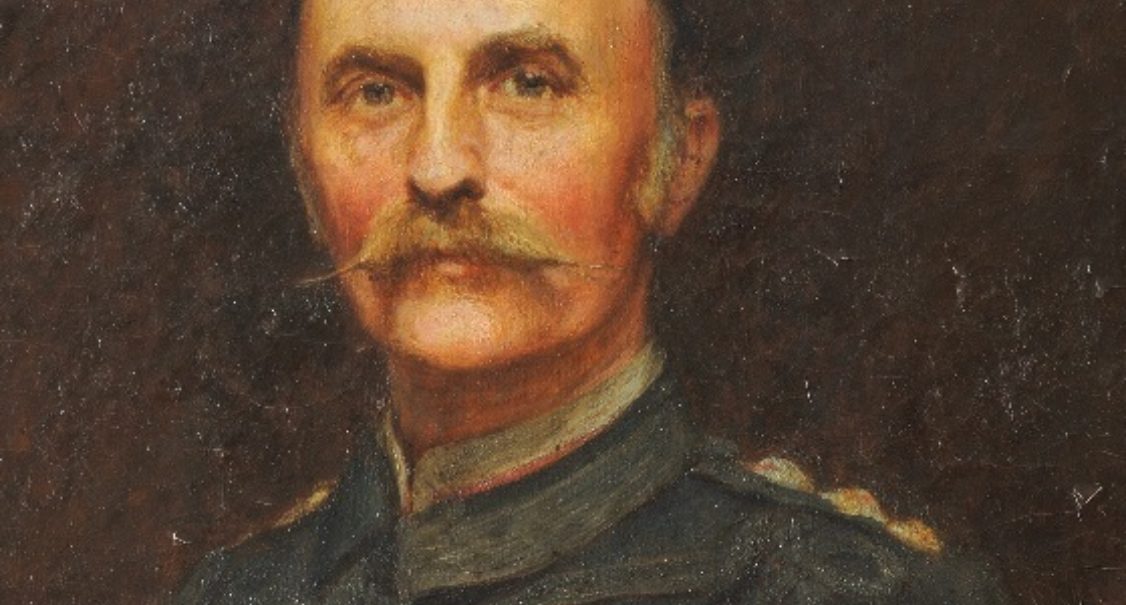
A parallel life and the creation of the hardy water lily
A parallel development in plant breeding coincided with the development of the hardy waterlily, Nymphaea. In a comprehensively researched book, by ICE Academic Tutor Caroline Holmes entitled ‘Water Lilies and Bory Latour-Marliac, the genius behind Monet’s Water Lilies’. Published in 2015 she tells the story leading to the creation of these exotic and hardy jewels of the garden pond from which much of the content below is gleaned.
Bory Latour-Marliac (1830-1911) founded a nursery between Bordeaux and Toulouse at Temple-Sur-Lot, south of the Dordogne. Bory had been inspired as a boy by his cousin, a naturalist visiting Australia and later the Peloponnese. Bory studied law in Paris but in 1848 the revolution forced him to return to the family home where he married Alida Gonnère in 1852. At this time, glasshouses and winter gardens were becoming popular with the quest and search for exotic specimens increasing. Louis Van Houtte of Ghent, sent out nurserymen to collect plants and tropical water lilies were among the finds. He bred the first tropical water lily hybrid. Bory was inspired by Van Houtte’s work and with family wealth and the benefit of time, he discovered a way to hybridise hardy water lilies and set up his nursery in 1875. Precise detail of how he succeeded in breeding hardy water lilies in a spectrum of yellow, pink ,red and colours inter between is not fully understood. The only known hardy species until this time is Nympaea alba and it is likely this featured in his breeding. He used both hardy, tropical and sub-tropical species and possibly two red mutations of white species, N. alba and the North American N. odorata, although he denies the latter. The tropical N. rubra from the warm regions of Asia was also used. For yellow it is thought he used N.flava and N. mexicana, the Florida white water lily. Crossing a hardy water lily with a tropical one is referred to as an intersubgeneric hybrid and his hybrids in the main were sterile. In 1889, Bory unveiled and exhibited his new water lilies at the World’s Fair in Paris alongside the new Eiffel Tower. Bory’s exhibit caught the eye of the artist Claude Monet who shortly afterwards bought his house and garden at Giverny. He placed orders to Bory’s nursery and these water lilies were
Hardy water lilies arrive in Britain
In 1887 Bory commences correspondence with William Robinson (an influential gardener and writer whose work at Gravetye Manor, West Sussex) and wrote for Robinson’s magazine ‘The Garden in 1893. Through Robinson, Bory’s water lilies were introduced to notable and influential gardeners’ of the time including Gertrude Jekyll. Another avid collector was Sir Jeremiah Colman, a graduate of St John’s College whose family who managed the mustard manufacturing business in Norwich. Colman owned Gatton Park in Surry and Bory offered him advice in their correspondence and 1904, Colman purchased 91 water lilies. Jeremiah’s niece Laura Colman, a graduate of Newnham College, Cambridge married Professor James Stuart, founder of the Institute of Continuing Education. Albeit it, possibly a slightly tenuous connection, it is perhaps appropriate today that the Institute’s garden continues to grow the water lilies associated with the family of our founder.
Marliac-Latour’s waterlilies grace Colonel Harding’s Ponds
The combination of these new hybrids and the reintroduction of formal garden elements, including ponds, fused together plant and receptacle to maximum effect. The Croquet Lawn Pond is home to a range of Bory’s water lilies, some proving more successful than others. One of his favourites N.’Marliacea Chromatella’ was the first true yellow water lily introduced in 1877, followed by the fine double yellow N.’Odorata Sulphurea Grandiflora’ in 1888.This was one of the first water lilies Monet ordered. Two water lilies related to two regular and loyal customers. In 1899, N. ’James Brydon’ a double fuchsia red set off by young purple leaves was bred in Philadelphia by Henry A Dreer and Monet is known to have ordered this from Bory. Edgard, Bory’s son named the pink/purple N. 'René Gérard' after Professor René Gérard in 1914, the year Colonel Harding completed building the Croquet Lawn Pond.
All the water lilies in the Courtyard Pond are prodigies of the Latour- Marliac nursery. N. ‘Marliacea Albida’ was one of Bory’s first white water lilies circa 1880 and he describes as having “very large flowers of 20 centimetres diameter, of which exterior petals are pink washed. 3. Another white, N. Albatross’ dates to 1910, the date of the completion of the creation of this pond. The two pink water lilies are N. ‘Masinello’ launched in 1908 and N 'Madame Wilfon Gonnère' introduced in 1924, named by Edgard after his maternal grandmother Euphrasine de la Marsalle Gonnère'. “It is considered to be the most perfect of double pink Nymphaea”.4.
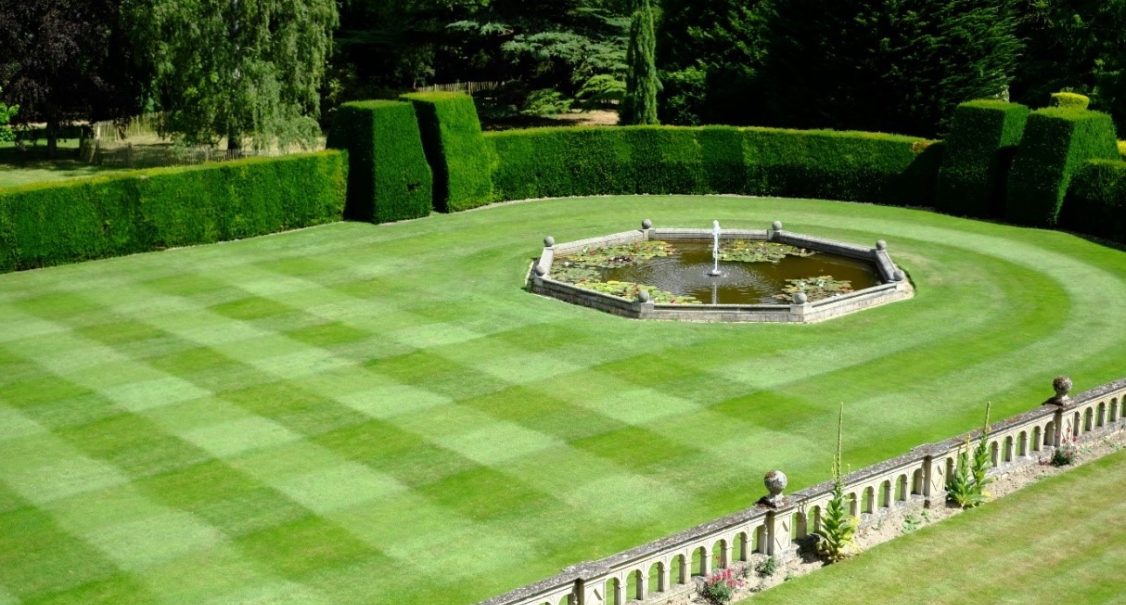
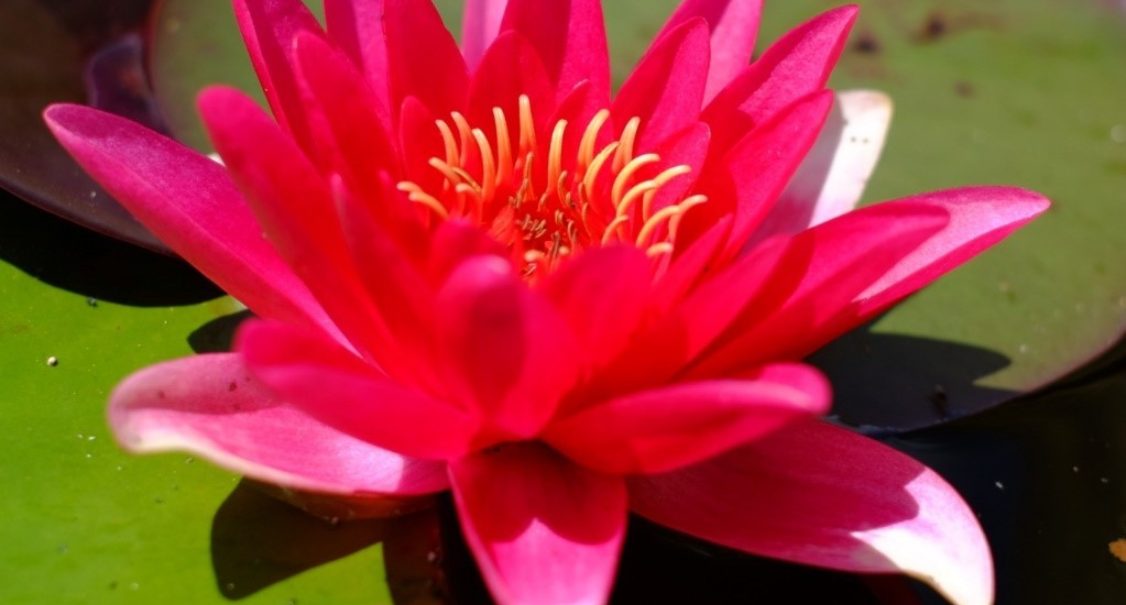
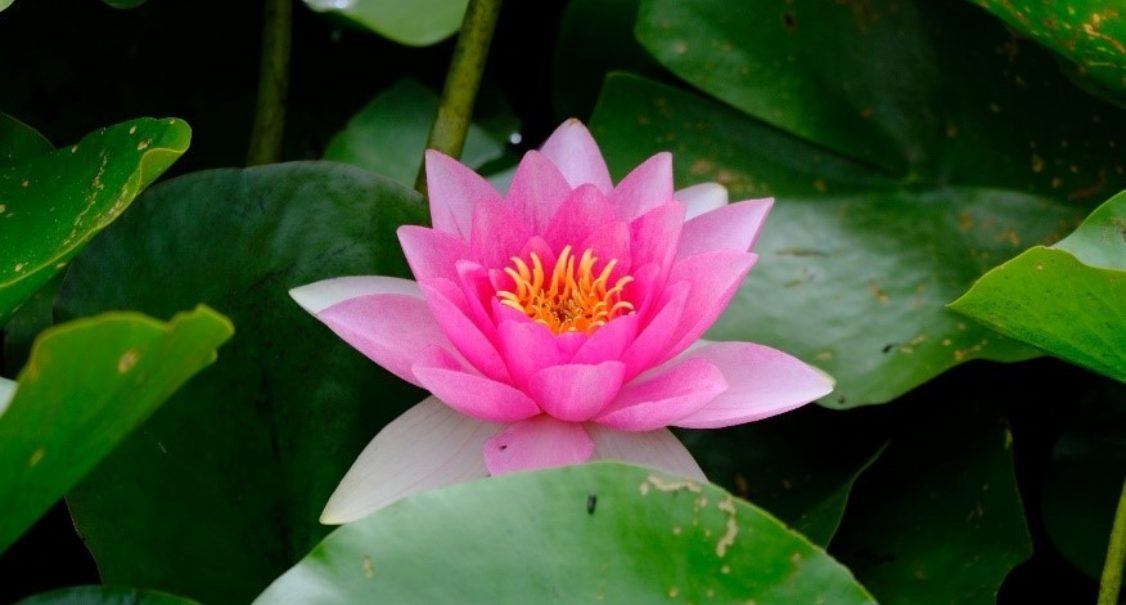
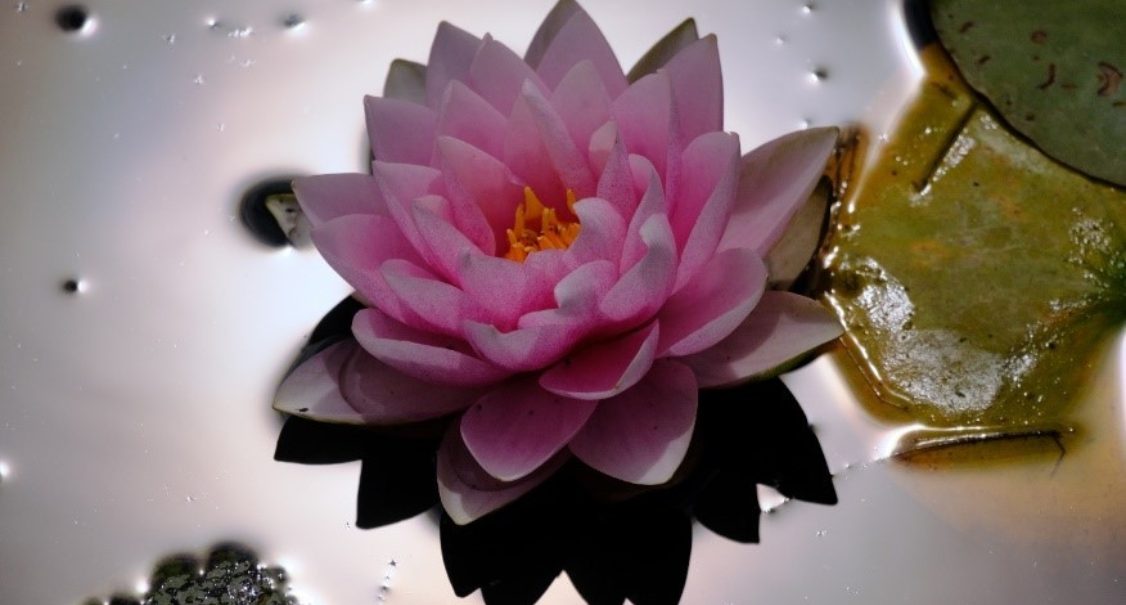
Fate and co-incidence, a resulting majesty
Significant historical events can inadvertently change the course of lives and careers. This happened to Colonel Harding and Bory Latour Marliac, whether fate and or co-incidence, both their lives were changed by the French Revolution in 1848. Bory Latour Marliac fled his legal studies in Paris to set up his significant water lily breeding programme and nursery In 1826 Colonel Harding’s father had moved to Lille in France and in time set up a flax weaving mill and a machine making shop for the industry. These were attacked during the French Revolution in protest against mechanisation. This experience led the family shaken by the events and to subsequently move in the 1850’s to set up similar works in Leeds. Here Colonel Harding developed a highly successfully business which subsequently enabled him to purchase and restore Madingley Hall and Garden, in so doing creating ornamental ponds at a time when lily ponds were becoming a sought after garden feature with Bory Latour Marliac’s creations to the fore. It is fitting, a century later, some of his early bred water lilies grace the Madingley Garden ponds, bearing the family names and connections. This is not only fitting in terms of garden conservation and appropriateness but to celebrate the lives of two extraordinary and dynamic men whose lives ran parallel in the 19th and into the 20th century. Through their success enabled one to fund and build our ponds while the other created the exotic hardy sumptuous water lilies which grace, repose and bask on the water surface. Magnifique!
References
- Blomfield, Reginald and Inigo Thomas, The Formal Garden in England, 1892, Page 2
- https://www.thoresby.org.uk/co...
- Holmes, Caroline, Water Lilies and Bory Latour-Marliac, the genius behind Monet’s Water Lilies, Page 72
- Ibid, Page 106
© University of Cambridge, Institute of Continuing Education, Madingley Hall
Further information:
Holmes, Caroline, Water Lilies and Bory Latour-Marliac, the genius behind Monet’s Water Lilies, Garden Art Press, 2015, ISBN 978 1 87067 383 9
https://en.wikipedia.org/wiki/Hartsholme_Country_Park
https://www.bioc.cam.ac.uk/about-us/history/the-colman-library/sir-jeremiah-colman
https://en.wikipedia.org/wiki/... (MP)
http://www.madrascollegearchiv...
Caroline Holmes lectures for the University of Cambridge, Institute of Continuing Education, For further information https://www.ice.cam.ac.uk/